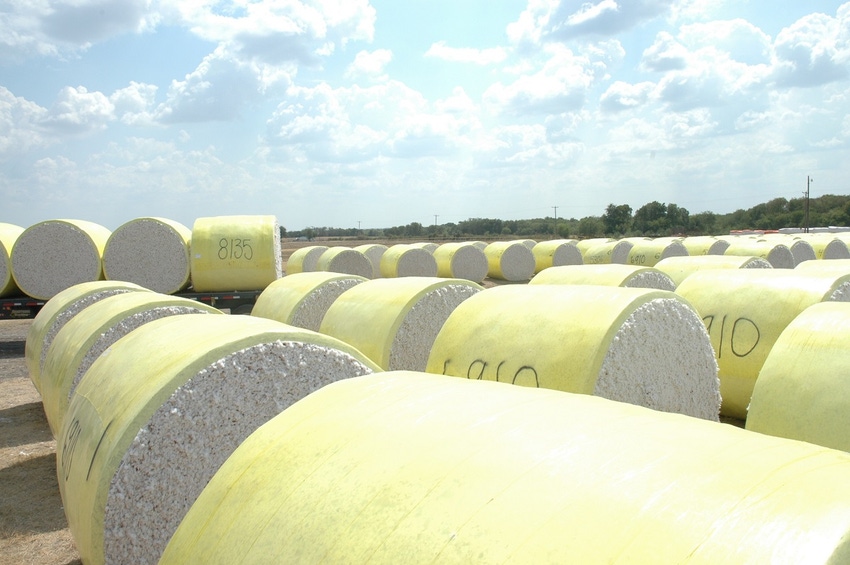
Seventy cents per pound for 2016 cotton is possible, says cotton buyer Robert Luehrs, who also says high quality bales will be the key.
“We all know yield and quality go hand in hand in contributing to grower’s revenue stream,” says the Texas purchasing manager for Allenberg Cotton Co. at Corpus Christi, Texas, who spoke at the recent Texas Plant Protection Association annual conference at Bryan, Texas.
For the latest on southwest agriculture, please check out Southwest Farm Press Daily and receive the latest news right to your inbox.
Several factors, including potential shortfalls in foreign competitors’ harvests, offer hope for a decent price, he says. “A 70 cents per pound goal for the 2015 crop in South Texas was a reasonable target. Why not for 2016? High grade bales will be the key — even though basis may be a tad less, we are set up to get 64 cents per pound, and adding the LDP on top of that, we should be right at 70 cents. We anticipate an increase in premium for cotton grading 36 or longer. But lower grades could be 500 points off. We anticipate an increase in the LDP for high grades and long staple.”
He says about half of the 2015 Texas cotton crop has been classed. “Newer varieties are doing an excellent job producing long staple bales.”
Luehrs expects U.S. stocks into 2016 to be tighter. “China still has substantial stocks, but the quality of that cotton is a question.” Pakistan and India cotton stocks are declining. “We don’t know about Brazil’s numbers, but stocks will be smaller.” Australia also expects smaller ending stocks, he says.
“Economic recovery in areas of the world where demand has weakened would also help restore U.S. exports of all qualities. We hope South Texas will benefit from high-grade bales in 2016.”
Luehrs says cotton’s biggest competitor remains synthetic fiber. “For the last 20 years, cotton’s share of the fabric market has been shrinking.”
About the Author(s)
You May Also Like






